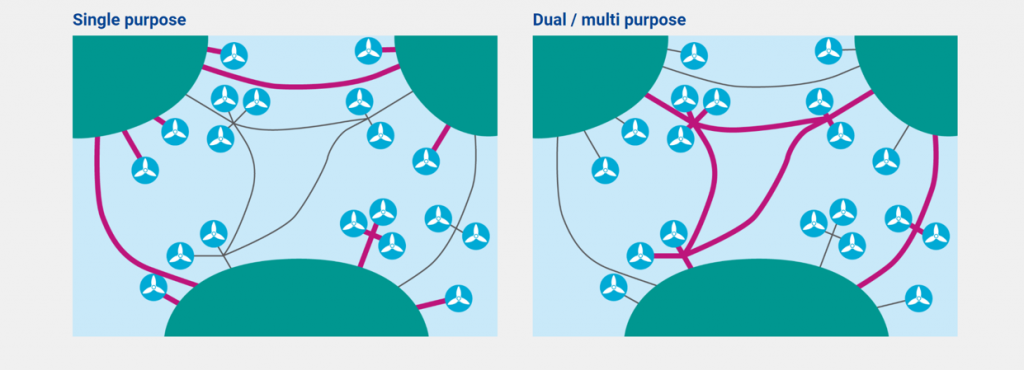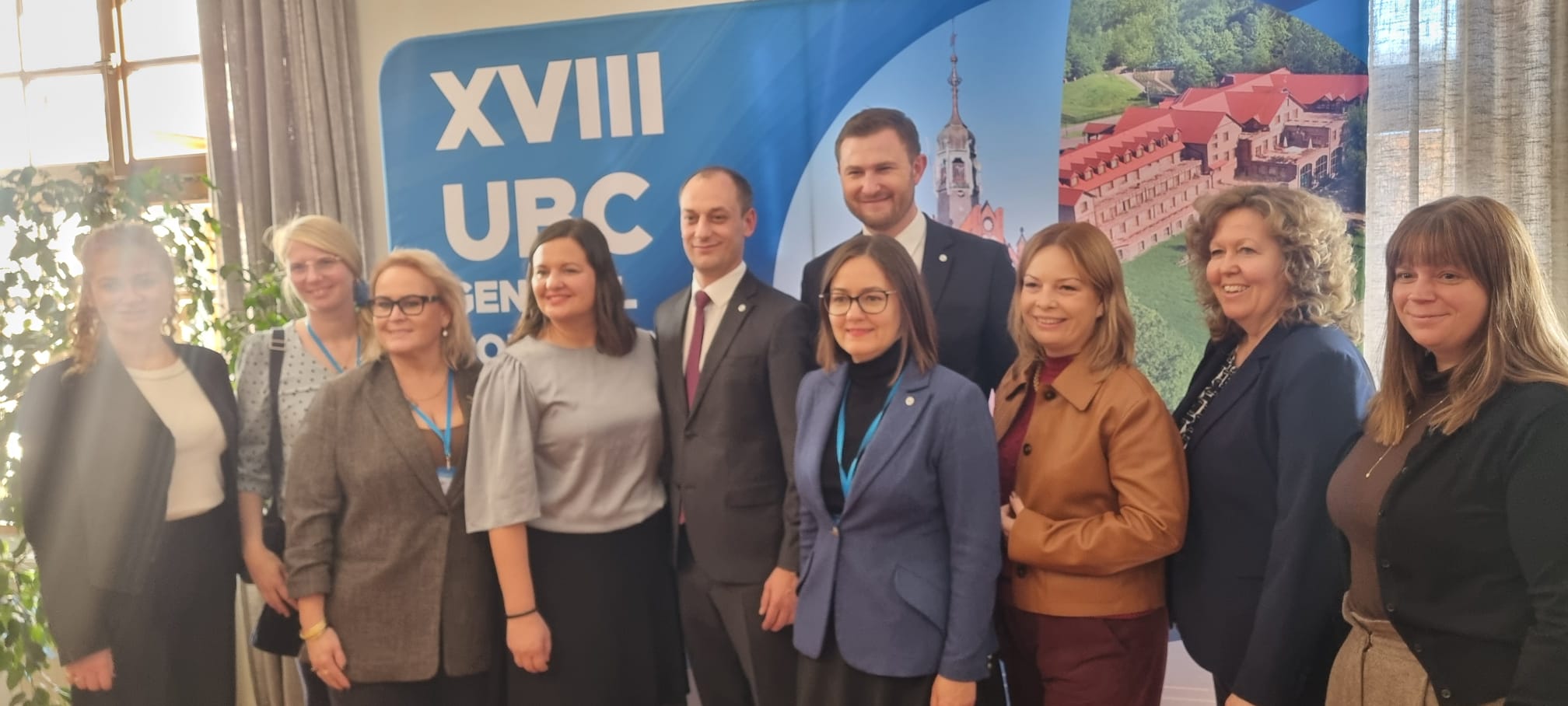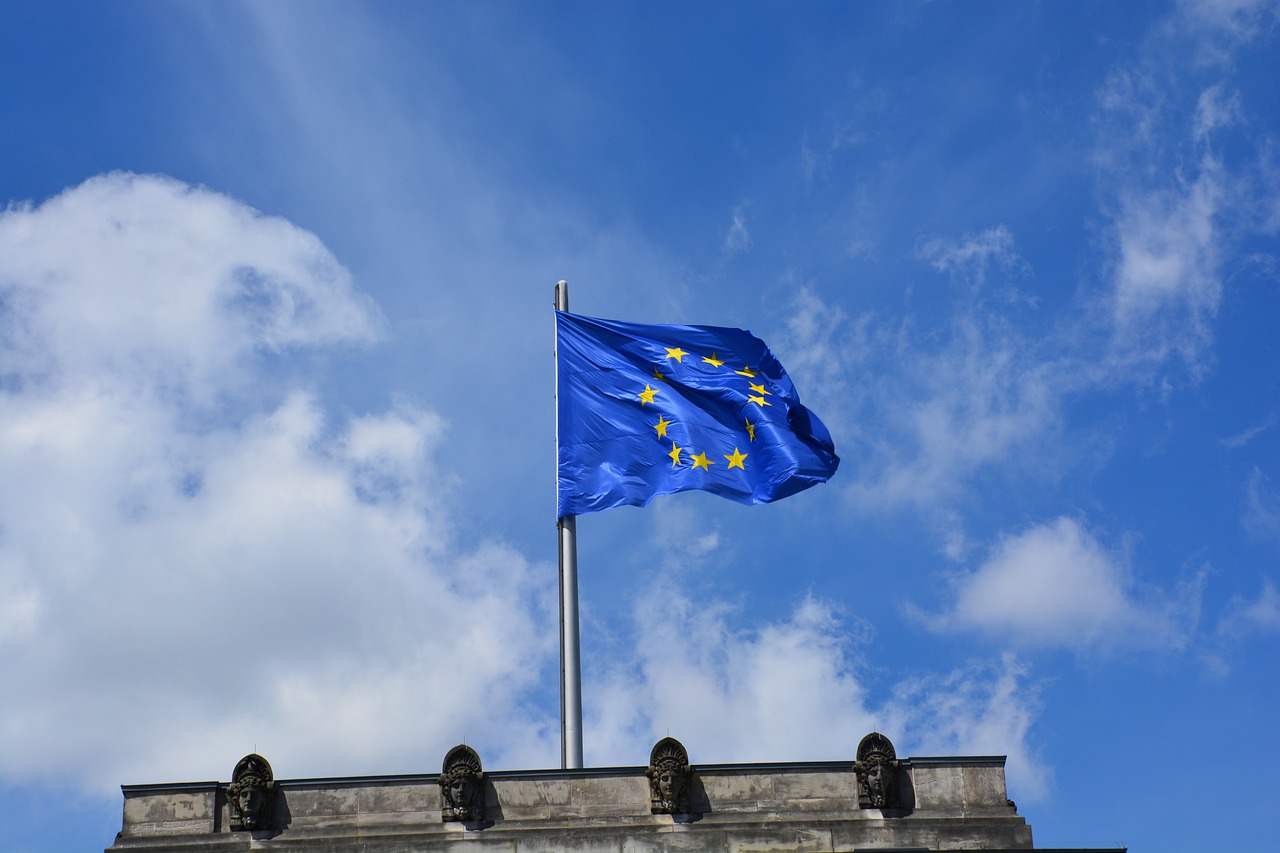Offshore wind energy is one of the important pillars for the implementation of the EU Green Deal. The EC’s offshore RES strategy foresees the integration of 300 GW of offshore wind capacity by 2050. This raises many challenges, in particular in terms of grid development, building new connections and at the same time maintaining energy security. – Instead of re-inventing the wheel, we should build on well established solutions and adjust them for offshore markets, system development, and system operations – comments for BalticWind.EU Iris Baldursdottir, independent consultant and a Senior Advisor at ENTSO-E, the European Network of Transmission System Operators.
The development of offshore wind energy will bring many benefits to the European Union, but it also raises many challenges. Integrating a large number of sources into the electricity system will be crucial. The challenge will be to build new connections and develop the grid at the lowest possible cost, maintain system security, redefine and adapt power flow patterns and address key constraints related to spatial planning, environmental protection and public acceptance. In a series of publications, ENTSO-E has assessed possible solutions that could contribute to the implementation of the EC offshore strategy. Iris Baldursdottir, independent consultant and a Senior Advisor at ENTSO-E, in an interview with BalticWind.EU emphasises that the offshore wind integration will not happen overnight.
„It will develop step by step, and throughout the process European TSOs must operate the grid in a secure and cost-efficient way. It is therefore important to build on the long history of successful cooperation of operating Europe’s electricity system, extending from Finland to Portugal”, says Baldursdottir.
She adds that instead of re-inventing the wheel, Europe should build on well-established solutions onshore and apply them offshore as well. This relates to markets, system development and system operations.
„Existing regulations and guidelines have been analysed in terms of the system operator role and tasks, and the recently published position paper on offshore development, focusing on system operation and governance, concludes that the current regulation works for both onshore and offshore system operations, and TSOs are taking this responsibility”, explains Senior Advisor at ENTSO-E.
The four key pillars, on which the governance structure of offshore system operation in the European seas is to be built on, are presented in the most recent paper position paper on offshore development, focusing on system operation and governance.
Iris Baldursdottir clarifies that there are several important benefits to extending the current onshore solutions to offshore – it is less risky as it is based on well-established solutions, market players and developers have the predictability of the regulatory framework and it promotes the necessary efficient integration across onshore and offshore.
„Offshore developments will impact the processes involved in managing imbalances offshore and onshore. Market parties remain responsible for their imbalances, and TSOs for balancing the system in real-time. Therefore, intraday markets offshore and onshore must be integrated to grant offshore market players access to the flexibility resources onshore that they can use to balance their positions”.
The key is regional coordination, solutions and technical interoperability
Iris Baldursdottir underlines in commentary that TSOs must continue to build further on a close regional coordination together with Regional Coordinating Centers (RCCs). She adds that after a systematic assessment of the current regulatory framework we can be sure that the setup is suitable for coping with the stepwise development of offshore grid infrastructure and is fit for the purpose moving forward.
„The integration of large amounts of offshore wind power introduces many challenges to system operators and not all answers are known today as technology is yet to evolve. Parallel development of flexibility resources and innovative solutions is a precondition for the successful offshore renewable energy integration”, says Baldursdottir.
Among the developments that TSOs are focusing on is that the future grid will have an increasing number of dual- or multi- purpose solutions that connect both markets and wind to shore and eventually will include offshore consumption.
Another important development is to reach technical interoperability and standardisation to enable a multi-terminal and multi-vendor HVDC offshore system for increased cost efficiency and reliability of the future grid.

Graphics: ENTSO-E
ENTSO-E explains in a publication that multi-terminal and multi-vendor interoperability will be essential for ensuring successful development of the HVDC offshore systems, contributing to increased cost efficiency and reliability of the future grid.












